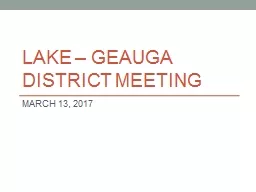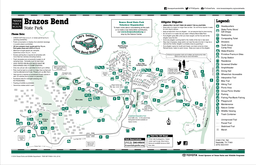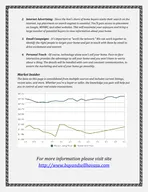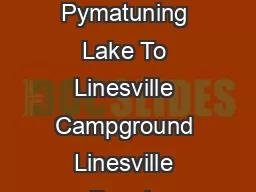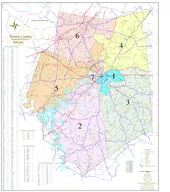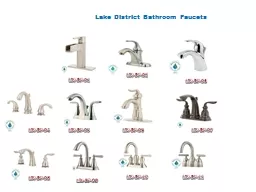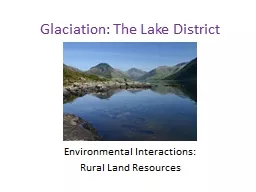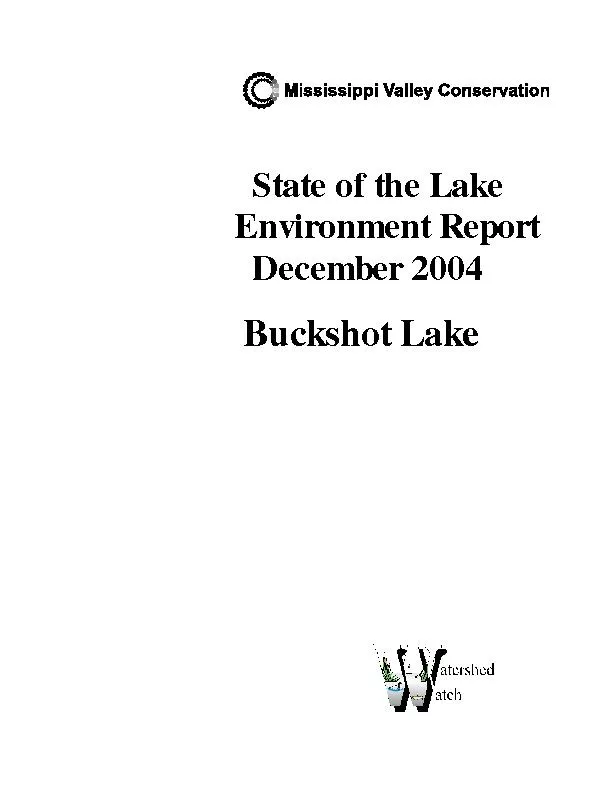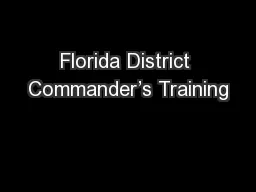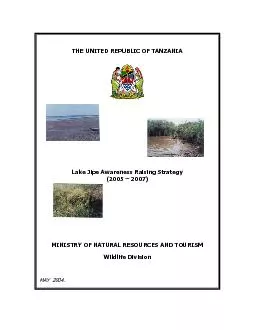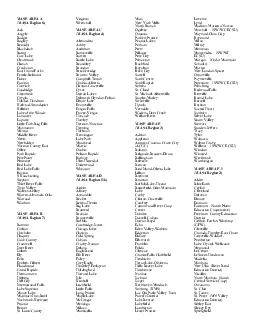PPT-LAKE – GEAUGA DISTRICT MEETING
Author : danika-pritchard | Published Date : 2018-01-22
MARCH 13 2017 Pietro Perugrinos The Lamentation Good Saint Joseph of Arimathea you prepared with reverence the body of our Lord and Savior for burial You were a
Presentation Embed Code
Download Presentation
Download Presentation The PPT/PDF document "LAKE – GEAUGA DISTRICT MEETING" is the property of its rightful owner. Permission is granted to download and print the materials on this website for personal, non-commercial use only, and to display it on your personal computer provided you do not modify the materials and that you retain all copyright notices contained in the materials. By downloading content from our website, you accept the terms of this agreement.
LAKE – GEAUGA DISTRICT MEETING: Transcript
Download Rules Of Document
"LAKE – GEAUGA DISTRICT MEETING"The content belongs to its owner. You may download and print it for personal use, without modification, and keep all copyright notices. By downloading, you agree to these terms.
Related Documents

